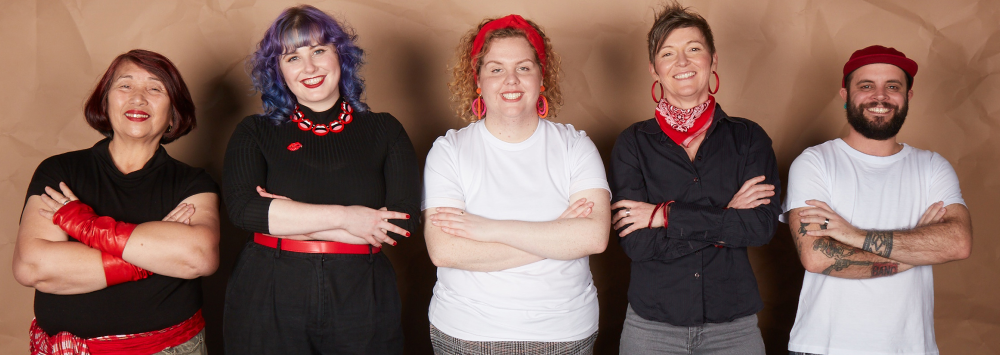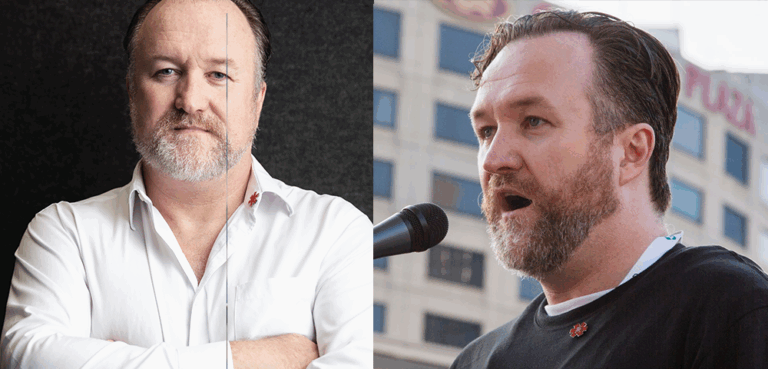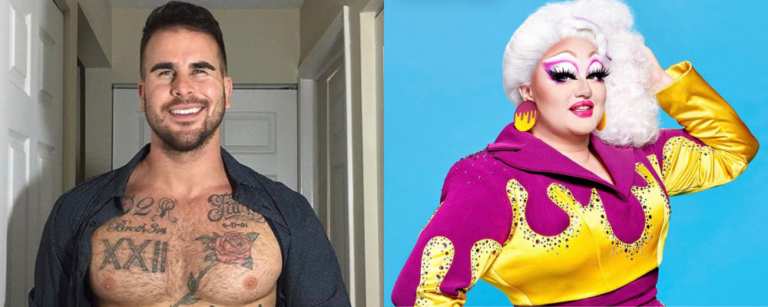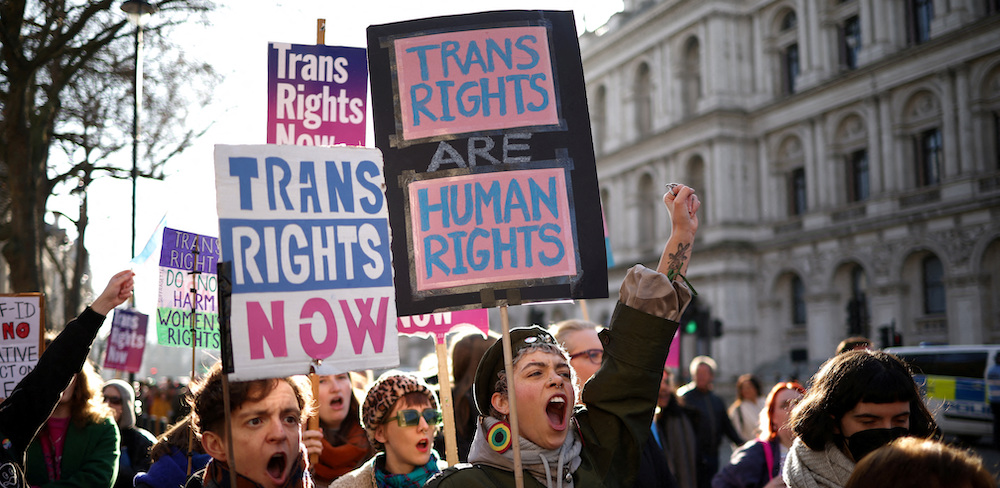
Recent Data Shows LGBT Australians Aren’t Getting Their Cervical Screening

Getting a cervical screening can make most non-LGBTQ+ Australians uncomfortable, but new research from La Trobe University shows that an alarming number of queer Australians are less likely to get this screening done.
The research data was collected in 2019 and shows that only 58 percent of the LGBTQ+ Australians surveyed had completed a Cervical Screening Test within two years. Only 38.9 percent of transgender men had participated in the test.
The latest preliminary data from the Australian Institute of Health and Welfare (AIHW) shows that across 2018-2022, only 68 percent of those eligible have participated in cervical screening.
Seeing these results, Cancer Council Victoria has teamed up with Thorne Harbour Health to launch a campaign to help spread awareness and encourage eligible LGBTQ+ Australians to get their cervical screening done.
Through the Public Cervix Announcement, the campaign features the stories of queer Victorians from across the LGBTQ+ community, who will share their experiences with the procedure.
Spreading Awareness
By spreading awareness and tearing down the mystery of the test, Cancer Council Victoria’s Head of Screening, Early Detection and Immunisation, Kate Broun hopes that others will feel more comfortable.
“Cervical cancer is one of the most preventable cancers and cervical screening is the best way that we can all protect ourselves against it. Yet, we know that many LGBTQ+ people face barriers that prevent them from accessing regular cervical screening,” Broun said.
“With self-collection, people for the first time have a choice in how they want to protect themselves from cervical cancer and they can now do the test themselves in a private space at the doctors.”
She told the Star Observer just how important the screening is as “cervical screening can save your life.”
“Cervical cancer is one of the most preventable cancers and can be successfully treated if detected early, which is why it’s so important that all women and people with a cervix participate in screening every 5 years between the ages of 25 and 74,” she said.
She also reiterated just how vital the procedure was for “trans men with a cervix.”
“No matter who you are or how you identify, if you are aged 25-74, have a cervix and have ever been sexually active with a person of any gender, you need to do a Cervical Screening Test every five years to protect against cervical cancer.”
Fear of Discrimination
The misconceptions about the need for the screen, among previous negative experiences and fear of discrimination are some of the reasons why LGBTQ+ Australians don’t get the procedure done, according to Thorne Harbour Health’s Director of Services, Carolyn Gillespie.
Many LGBTQ+ women and people with a cervix have been told they don’t need to screen because they have only had sexual contact with a woman or have never had penetrative sex and this just isn’t true.” Gillespie said.
“A Cervical Screening Test needs to be done every five years by women and people with a cervix aged 25-74, who have ever had skin-to-skin sexual contact with anyone – irrespective of their partner’s gender.”
“Cervical screening is for everyone with a cervix. It’s important that we start these conversations and ensure everyone has the information and support they need to access this lifesaving test.”










